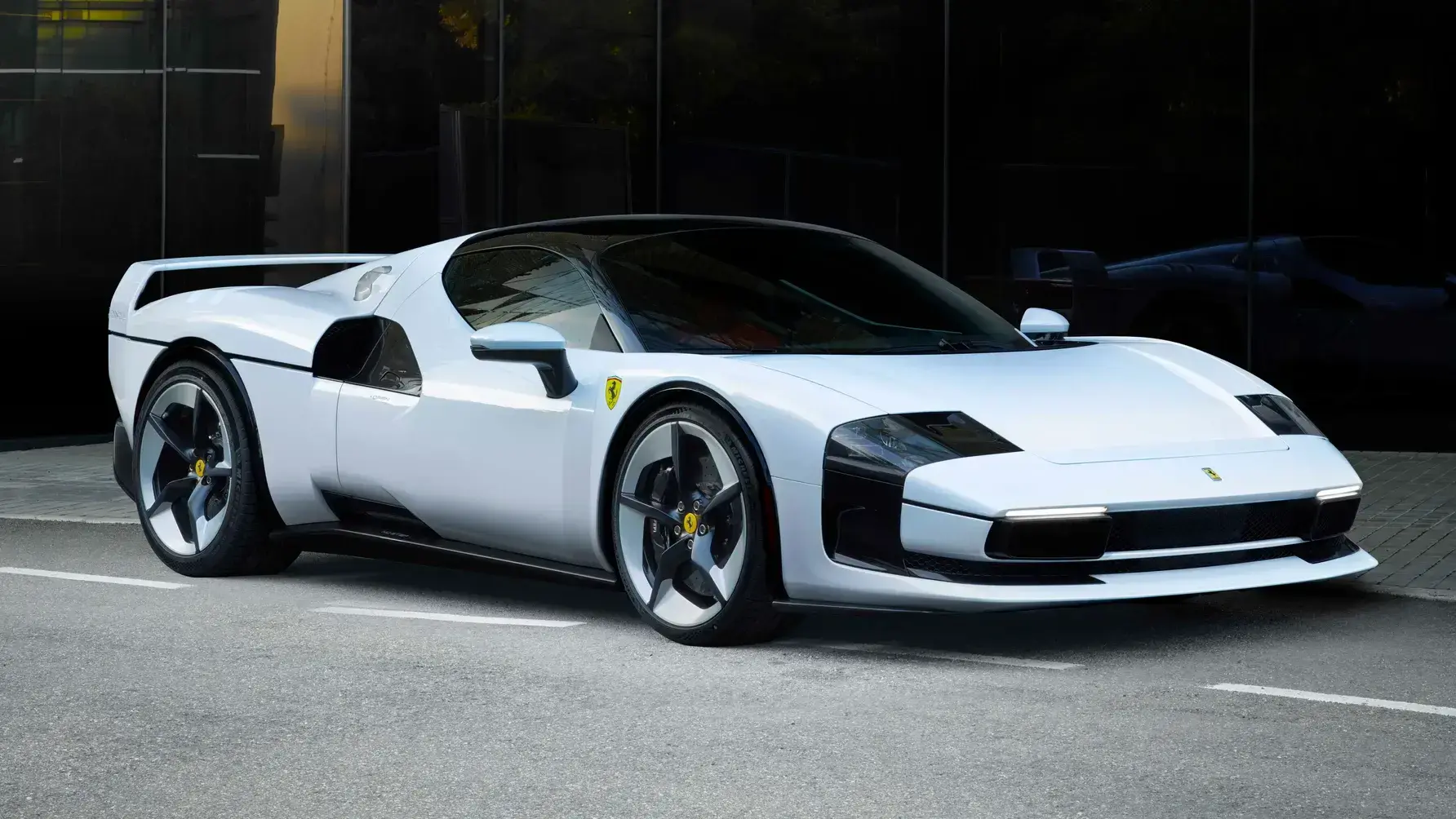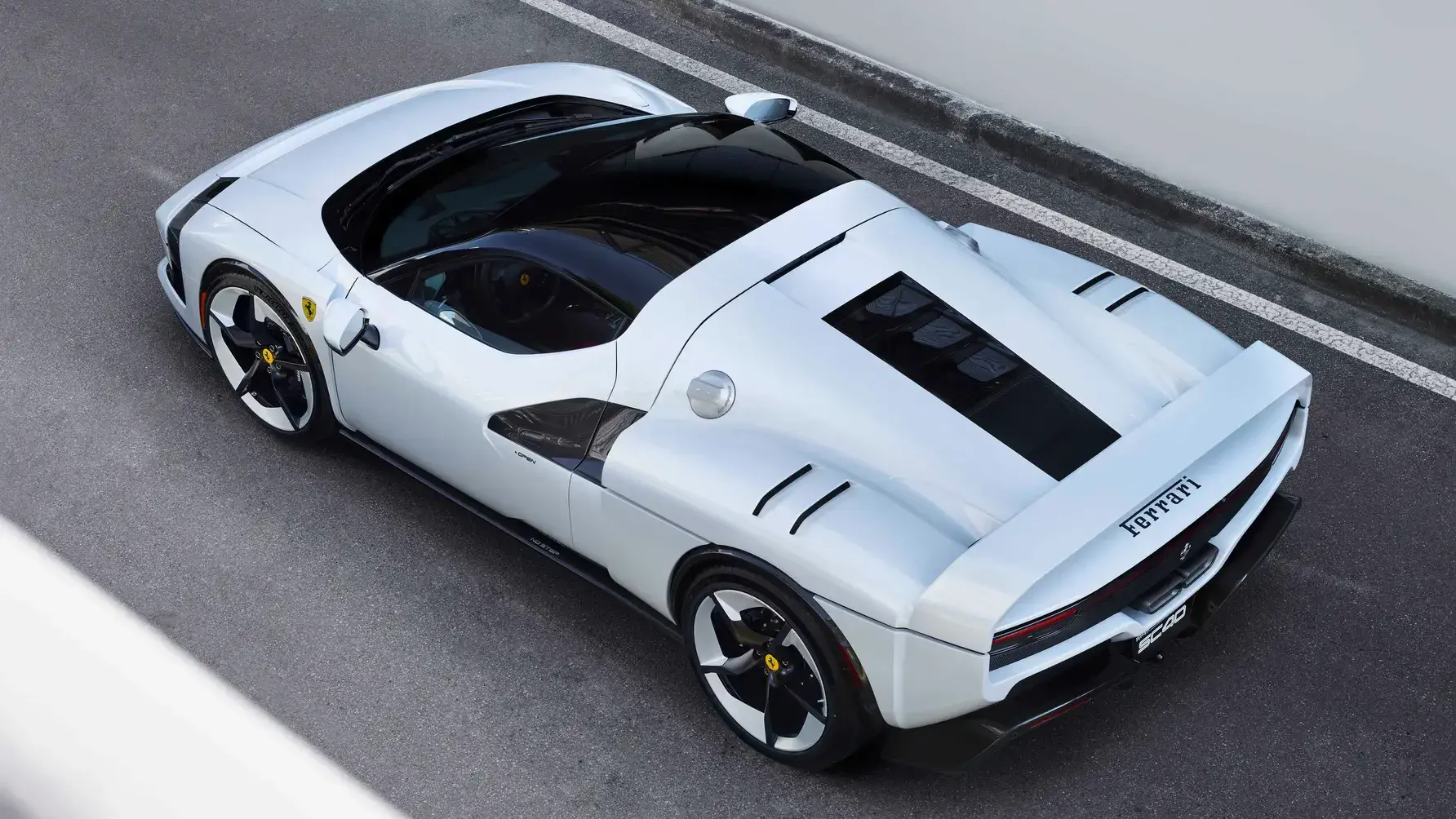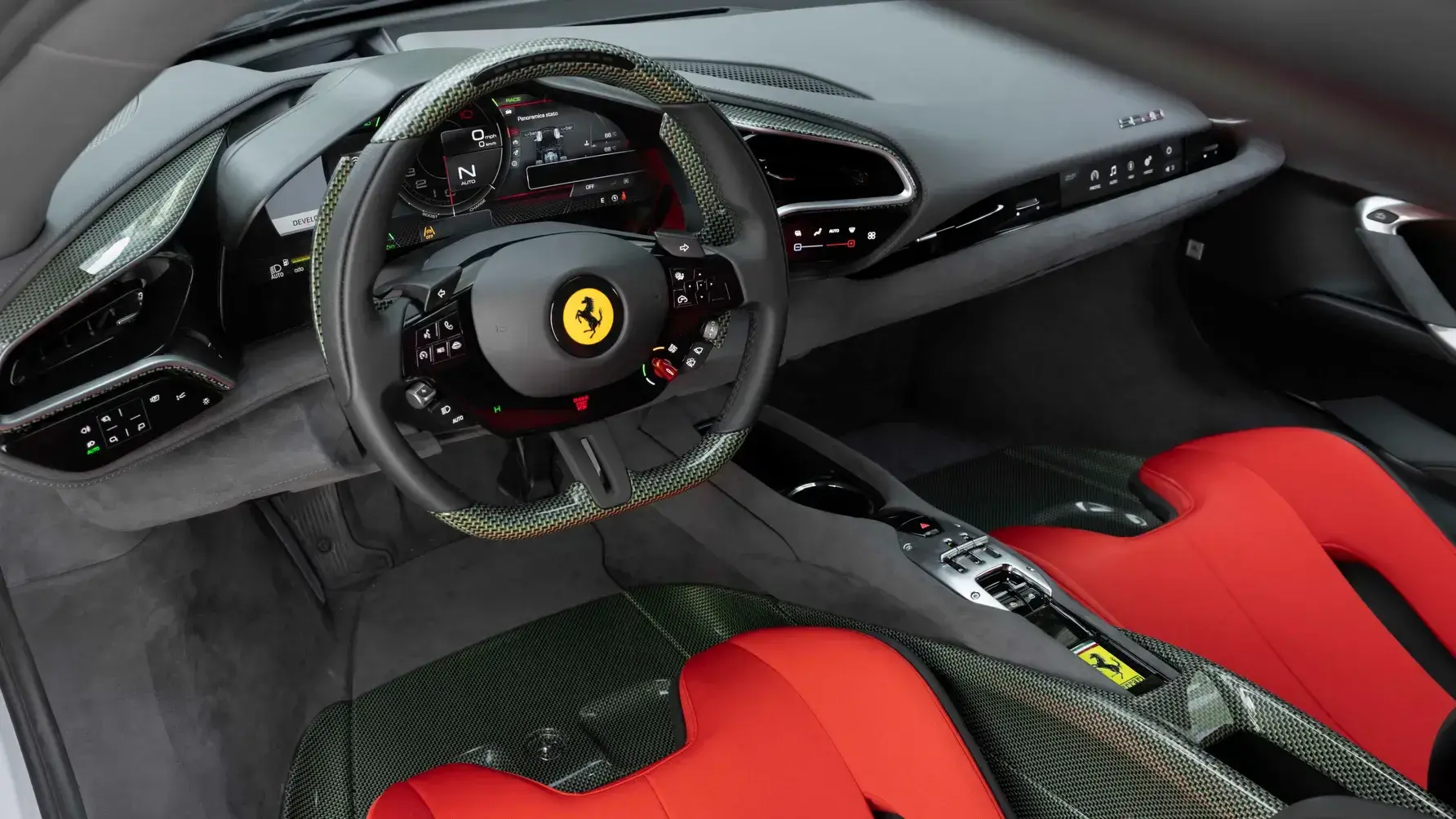
The original F40, unveiled in July 1987 and the last model overseen by Enzo Ferrari, remains a benchmark for raw performance and minimalist design.
Ferrari's Special Projects team didn't attempt a direct copy; instead, the SC40 interprets the F40's angular spirit freshly.
Ferrari says the car was created "not to produce a literal reinterpretation, but a model with its own distinct personality." The result is instantly familiar from a distance, yet full of contemporary changes on closer inspection.
Design: familiar silhouette, new details

Under Chief Designer Flavio Manzoni, the SC40 adopts "muscular, squared volumes" and an industrial aesthetic that nods to the original's rawness. Key F40 cues remain — a low nose, long profile and a fixed rear wing rising from the engine cover — but details have been updated for modern function and styling.
Notable differences include headlights that extend into the lower front intake, a full-width front air intake, and reworked side ducts. At the rear, smoked Lexan louvres reveal the engine beneath, echoing the F40's exposed-engine motif while showing off the SC40's contemporary hardware.
Powertrain: 296 GTB underpinnings and 819 bhp
The SC40 uses the platform and powertrain of the Ferrari 296 GTB. That means a 3.0-litre twin-turbo V6 paired with an electric motor, delivering a combined 819 bhp to the rear wheels. Ferrari quotes a 0–62 mph time of just 2.9 seconds.
Despite the modern hybrid system, the SC40 preserves rear-wheel-drive dynamics — a nod to the purist driving feel celebrated in the F40 era but with far greater performance and control.
- Platform
- Ferrari 296 GTB
- Engine
- 3.0-litre twin-turbo V6 + electric motor (hybrid)
- Power
- 819 bhp (combined)
- Drivetrain
- Rear-wheel drive
- 0–62 mph
- 2.9 seconds
- Finish
- SC40 White (one-off)
Interior: lightweight materials and purposeful design

The cabin channels the F40's lightweight ethos with modern materials. Kevlar returns — specially developed for the SC40 — used in the footwells, behind the seats and on the floor mats. Alcantara and carbon fibre add refinement while keeping the interior focused and purposeful.
Bespoke touches appear across the steering wheel, dash inserts and engine-bay detailing, reinforcing the car's one-off status and handcrafted character.
Why the SC40 matters
The SC40 is more than a collector's item: it's a design exercise with real influence. Ferrari's Special Projects division often uses one-off commissions to test ideas that later filter into production cars. This SC40 shows how Maranello can honour its heritage while pushing hybrid technology and new design language forward.
For fans, it's a thoughtful tribute to the F40; for Ferrari, it's a demonstration that legacy and innovation can coexist without compromise. Much like other recent Ferrari supercars, the SC40 represents the brand's commitment to pushing boundaries while respecting its iconic past.
For more information about the SC40 and Ferrari's Special Projects program, visit the official Ferrari website.


































